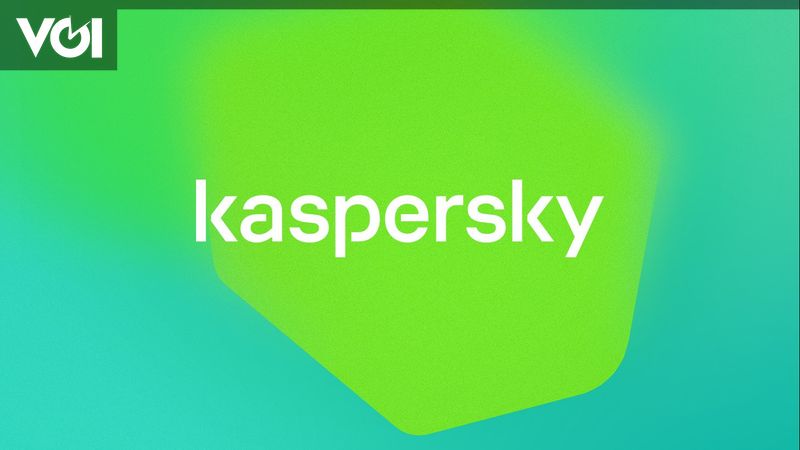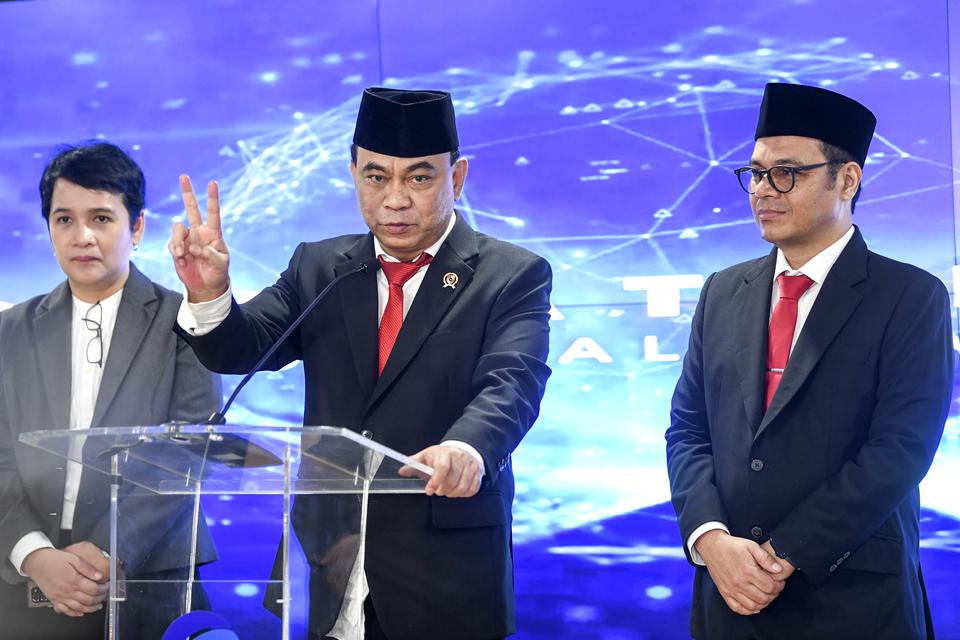Padang, Arunala.com – On October 1, it will be two years since the merger of PT Pelabuhan Indonesia (Persero) or Pelindo.
This merger brings great hope to the Indonesian people for the realization of an Indonesian port entity capable of competing globally. It can also improve the position of Indonesian ports in the world. The major challenges faced after the merger are improving. and the standardization of services, by structuring the hubs and spokes of Indonesian ports. Reducing domestic logistics costs is no less important. “After the merger, Pelindo continues to be committed to improving connectivity and standardization of port services to support the reduction of logistics costs and the improvement of integrated logistics services which can increase sectoral contributions to the Indonesian economy,” said PT Pelindo President Director Arif Suhartono in his press release last Saturday (9/9). To achieve this, the development of digital technology is something mandatory. and this is the main objective that must be implemented. In order to be able to respond to existing challenges. The development of digitalization at Pelindo starts from sea, land, back office to the customer. This is aimed at improving services and as part of efforts to streamline and make processes efficient to reduce time and costs. Development of digital technology, including the Vessel Management System (VMS), a system that digitally manages documents entering and leaving ships at Indonesian ports. This VMS system has been developed by Indonesian ports since 2016 with the aim of facilitating document management. This VMS system has successfully improved the system. Previously, document processing was faster, cheaper and more transparent. Previously, these documents could take three to four days to process, but with VMS, the document processing time is only four to eight days. Meanwhile, in terms of costs, the This VMS system can reduce costs by 20 to 30 percent for customers, while the operating costs of the Indonesian port itself can be reduced by 40 to 50 percent. The technology has been integrated into the Inaportnet system. Next, the Marine Operating System (MOS) is an application developed by the Port of Indonesia that aims to streamline and make ship pilotage and delay services more efficient. It consists of time-based ship planning and scheduling. so that services become faster and more precise depending on the availability of resources and adapt to the existing traffic conditions at the port “This helps meet the challenge of port stay in order to reduce waiting time and costs of ships, which ultimately increases navigation time for ships, the number of calls increases and network capacity increases,” Arif said. Digital development on the land side. Among them is the e-Service application which is a centralized electronic service system for customer service within Pelindo. It is useful for document and billing services for all port activities that can be carried out through the website. Services provided include: 1) registration; 2) reservation; 3) monitoring; 4) payments; “5) billing and 6) customer complaints. “This electronic service is able to respond to the challenges of improving services and collaborating with the port ecosystem so that Pelindo can compete globally and contribute to reducing costs. national logistics costs”, he said. With this development of digitalization, he said, Arif, has an increasingly positive impact on the financial performance of the company. In 2022, Pelindo will record a net profit of IDR 3.9 trillion. This profit increased by 23 percent compared to the previous year. Pelindo’s contribution to the country also increased by 54 percent compared to 2021, amounting to 4, IDR 7 trillion to IDR 7.2 trillion in 2022. This contribution was made through dividend payments, PNBP, concessions, PPh, VAT and PBB This growing financial performance is supported by an operational performance that shows an improvement. The container flow in 2022 was recorded at 17.2 million TEUs, an increase of 1 percent compared to the same period in 2021. Then, the cargo flow was recorded at 160 million TEUs. tons. , growing 9 percent from the previous year. Meanwhile, the flow of ships entering and leaving the port reached 1.2 billion GT, a growth of 1 percent compared to the previous year. On the other hand, the flow of passengers reached 15 million people or an increase of 86 percent compared to the previous year. In terms of performance, Indonesian ports themselves were recorded in the United Nations Conference on Trade and Development (UNCTAD) data released in September 2022. Indonesia entered the top 20 in terms of performance port. list based on data of the average movement of container ships of 1,000 GT and above in the first half of 2022. Indonesia is ranked 12th ahead of Italy, France, Greece, Germany, the United States, the Russia, Australia and Canada. the average movement in Indonesia reaches 24.9 hours at the port. Separately, General Manager (DG) of PT Pelindo Regional 2 Teluk Bayur Medi Kusmana said that after the merger, everything was integrated and controlled digitally. “In fact, Teluk Bayur Port’s operations are accelerating from a commercial point of view. “Before the merger, the dwell time of ships could reach 3-4 days. Today, at the extreme, ships waiting to dock only last 2 days. Teluk Bayur has changed. Commercial certainty is clearer,” he said. “Added Deputy General Manager of Commercial PT Pelindo Regional 2 Teluk Bayur, Hendri Adolf, on average 9 ships docked every day. GT vessel flows through August 2023 reached 8,099,396 GT. This number increased compared to the same period in 2022, or 7,691,421 GT. Automatically, the tonnage of the flow of goods also increased from 3,441,631 tons in August 2022, to 3,763,712 tons in August 2023. Likewise, the flow of passengers increased from 59,756 people to 72,389 people. “Ship flows were recorded at 1,723 units until August 2023. This number increased compared to last year during the same period, which was 1,622 units,” he said. Container activity increased by 108 percent compared to 2021. ” “, saw a decrease of 12 percent compared to 2022 during the same period. This is because there were no transshipment activities on the JKT-PDG-BKS route carried out by PT SPIL,” he said. (rrr)

“Travel nerd. Social media evangelist. Zombie junkie. Total creator. Avid webaholic. Friend of animals everywhere. Future teen idol.”







